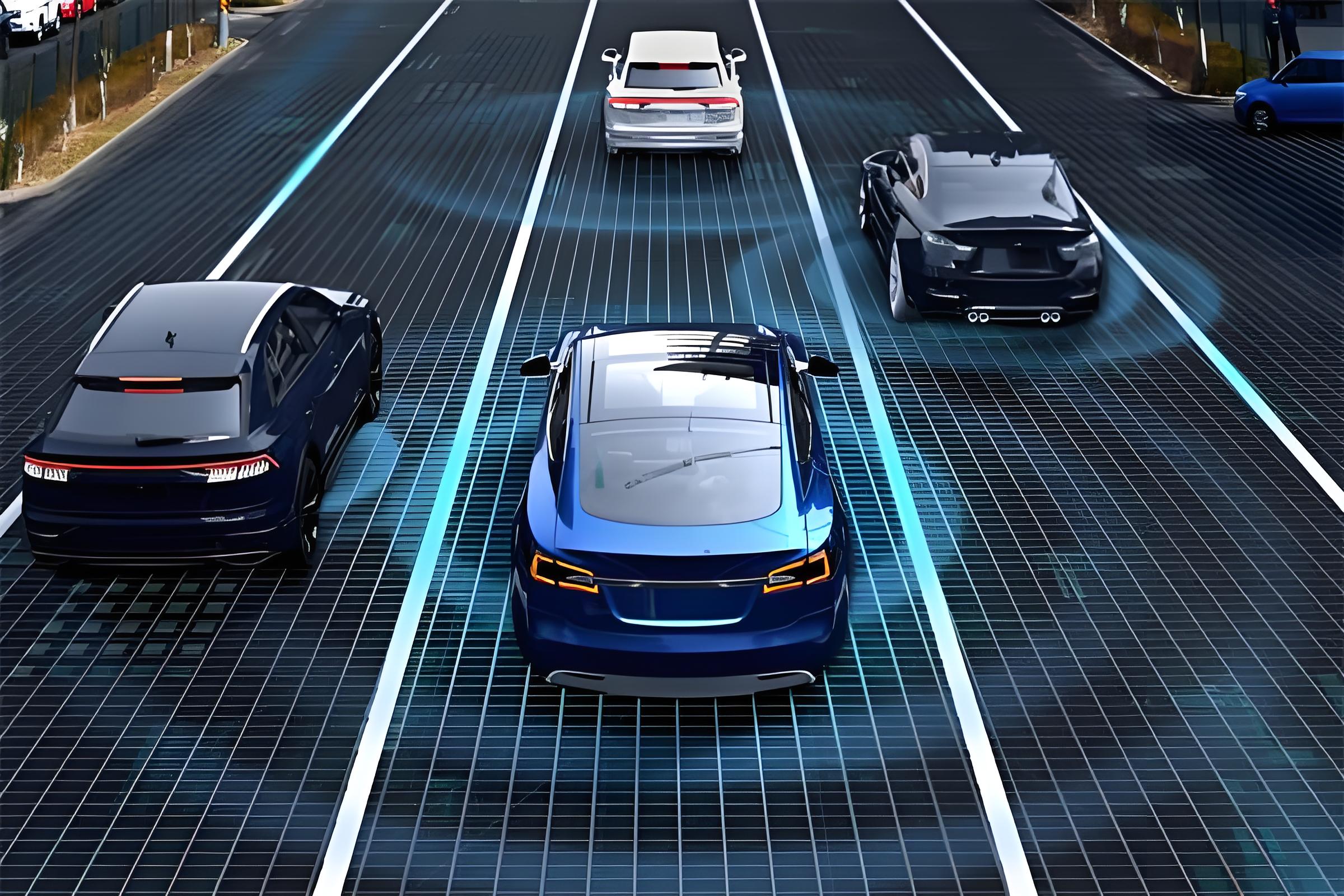
In a rapidly evolving technological landscape, the need for accuracy and reliability has never been greater. At the heart of this quest for precision is the Inertial Measurement Unit (IMU), a breakthrough sensor that is revolutionizing inertial navigation technology. As industries from aerospace to automotive become increasingly reliant on advanced navigation systems, understanding the IMU’s place in this space is critical to realizing their full potential.
**What is an IMU? **
An inertial measurement unit (IMU) is a precision sensor that measures specific force, angular rate, and sometimes the surrounding magnetic field. By integrating these measurements over time, an IMU can provide precise data about an object's speed, direction, and position. This capability is critical for applications where GPS signals may be weak or unavailable, such as underwater exploration, space missions, and indoor navigation.
**The status of IMU in inertial navigation technology**
Inertial navigation technology relies on the principles of physics to calculate an object's position based on its motion. IMUs are the cornerstone of this technology, providing the data necessary to ensure accurate navigation. By constantly tracking changes in speed and direction, IMUs enable the system to accurately understand its position, even in challenging environments.
A major advantage of using an IMU in inertial navigation is that it is not affected by external signals. Unlike GPS, which can be affected by obstacles or atmospheric conditions, an IMU can operate autonomously. This makes it a valuable asset in applications where reliability is critical. In aviation, for example, IMUs are an integral part of autopilot systems, ensuring that aircraft can navigate safely and efficiently even in adverse weather conditions.
**Improve performance with advanced IMU**
As technology advances, so too does the sophistication of IMUs. Modern IMUs are equipped with cutting-edge sensors that provide greater accuracy and less drift. This improvement is critical for applications that require high precision, such as self-driving cars and robotics. By integrating advanced algorithms and machine learning techniques, these next-generation IMUs can adapt to dynamic environments, further improving their performance.
Additionally, the miniaturization of IMUs has opened up new avenues for innovation. These sensors are small and lightweight, allowing them to be seamlessly integrated into a wide range of devices, from smartphones to drones. This versatility makes it possible to develop smart navigation solutions for a variety of industries, including logistics, healthcare, and consumer electronics.
**The future of inertial navigation technology**
Looking ahead, the role of IMUs in inertial navigation technology will expand further. With the rise of the Internet of Things (IoT) and smart cities, the demand for precise navigation solutions will only increase. IMUs will play a key role in enabling connected devices to accurately and reliably navigate their environment.
In summary, the IMU is a key component in the field of inertial navigation technology. Its ability to provide real-time data on motion and orientation makes it essential for a wide range of applications. As the industry continues to innovate and seek advanced navigation solutions, IMUs will undoubtedly continue to be at the forefront, driving progress and opening up new possibilities for precision navigation. Embrace the future of navigation technology with IMUs - a combination of precision and innovation.
Post time: Dec-30-2024

